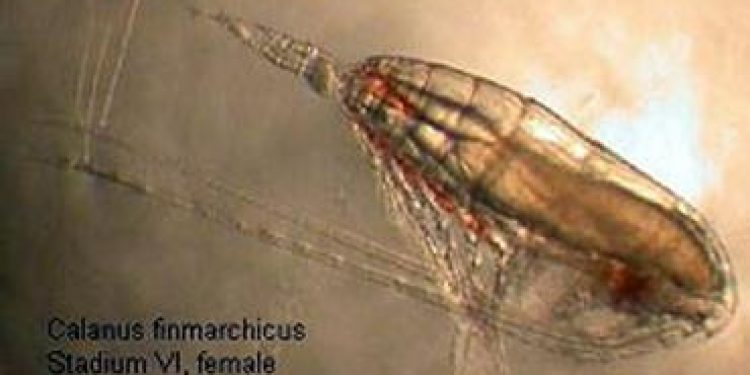Norway’s Directorate of Fisheries has recommended that the Ministry of Fisheries opens a restricted commercial fishery for copepods in Norwegian waters.
There is a huge volume of copepods (Calanus finmarchicus) in northern waters and it is recognised that this unexploited resource could be the basis of the next big fishery, producing both fish feed for aquaculture and products for human consumption.
Following many years of trials and experiments, the Directorate has recommended opening areas outside the Norwegian EEZ’s baselines and in the Jan Mayen zone outside the 12-mile limit.
The recommendations follow much of the pattern set by CCAMLR for the krill fishery in the Southern Ocean, and the Directorate’s advice is for a fishery limited to a quota of 165,000 tonnes. The Directorate has also stated that Calanus finmarchicus is a key species in the ecosystem and a vital food supply for other marine species.
‘There has to be a precautionary perspective to this,’ said Director of Fisheries Liv Holmefjord. ‘It is crucial that fishing for copepods does not have adverse impacts on eggs, larvae and juveniles of key fish species.’
The Directorate has listed potentially vulnerable species. Vessels fitted out for pelagic trawling can apply for licences to fish for copepods, but must also be compliant with requirements for standardised catch sampling and the authorities may require inspectors or observers to be carried.
One of the most common species of zooplankton in northern waters, the distribution of Calanus finmarchicus extends from the Gulf of Maine to north of Svalbard. It is believed to be a key part of the diet of fish, shrimp and cetaceans, and can survive a wide variety of environmental conditions and temperatures ranging from -2°C to 22°C. It can be found from the surface down to 400 metre depths and Calanus finmarchicus is thought to spend six months of the year in hibernation at depths of between 500 and 2500 metres.









